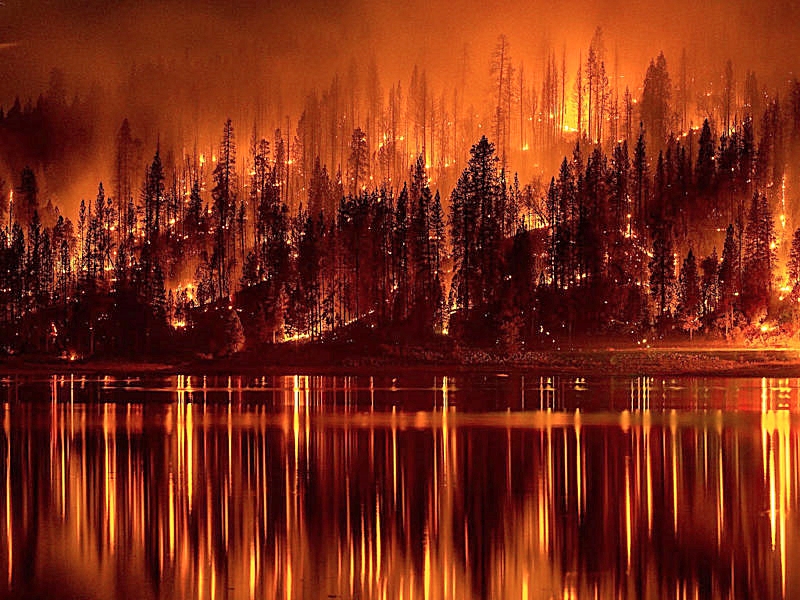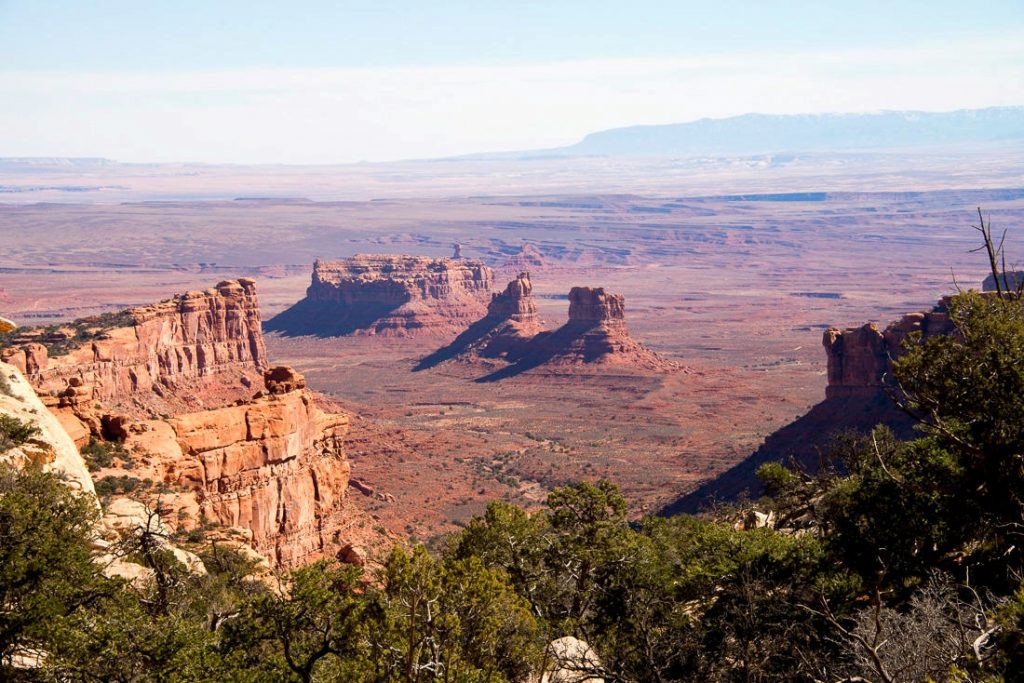“While it is possible that climate change has played a role in increasing the size of fires, the primary cause seems to be forest management practices, which have changed several times over the course of the past 200 years,” the study said.
Jarrett Stepman
The massive fires that took the lives of over 40 people in California were not the only devastating wildfires as of late.
Utah, Montana, and other states have been hit by destructive infernos that have left death and widespread property damage in their wake.
Forest fires—what firefighters call wildland fires—are undoubtedly a part of nature and can never be stopped entirely, but the measurable uptick in extraordinarily large fires is a trend that is causing intolerable amounts of damage.
Forest management policy has become calcified and centralized over the last half century, but there are some serious ideas that can turn things around.
Since the 1970s, the number of forest fires in the United States has remained fairly constant, but there’s been a significant uptick in the size of these blazes. The average wildfire is now twice the size of fires of 40 years ago.
Some have tried to pin the blame on climate change, but as a 2015 Reason Foundation study noted, climatic factors like higher temperatures and increased droughts “cannot explain the pattern of fires observed over the past century.”
“While it is possible that climate change has played a role in increasing the size of fires, the primary cause seems to be forest management practices, which have changed several times over the course of the past 200 years,” the study said.
The United States Forest Service, which manages most of America’s wilderness, made some big changes in the 1970s that many say have led to our modern predicament.
The selective clearing of forests, in which only certain trees are removed, had been highly successful in the past. But perverse incentives for the agency made clear-cutting, or uniformly chopping down trees, more common in the 1950s. This led to a backlash of lawsuits, environmentalist attacks, and unfortunately, more centralization in Washington for the Forest Service.
“In 1976 Congress tried to resolve the debate by instituting a comprehensive forest planning process,” wrote Randal O’Toole, a policy analyst at the Cato Institute. “The resulting plans proved to be a costly mistake: The agency spent more than a billion dollars planning the national forests, but the plans were often based on fabricated data, and they did not resolve any debates.”
Nearly a half century of bureaucratic centralization and environmentalist initiatives have left forests overgrown, vulnerable to fire, and dangerous to individual property owners and the economies of many states.
California state Sen. Mike McGuire, a Democrat, estimated that the recent fires may have caused over $3 billion in damages to his state.




Climate change is bull. These fires were set and then re-set by the BLM. There were many set fires witnessed by those that fought the fires. This is their way of destroying; not maintaining our forests.
Sharon, in addition the BLM, Forest Service and sometimes state forestry agencies have not responded to initial reporting of fires. Many fires could have been put out while they were just a few acres or less in size. Fire fighting has turned in to big business and poor land management decision making. Most federal forested lands in western Oregon do not even log the the fire killed trees. Billions of dollars of dead trees are left to rot in the name of good environmental management. Our federal lands are no longer being managed on sustainable concepts or wise use, preservation and natural management are the newest fad. This is so sad what the social justice warriors have accomplished in the name of environmental protection. Many of the acts past by congress have created a dysfunctional land management concept, ie wild horse and burro act, endangered species act, these are just a few that have caused unworkable situations.
Dwight Hammond and his son are in jail for 5 years for accidentally burning 34 acres of BLM land! This is insane when our agencies purposely allow wild fires to burn 100’s of thousands of acres. The swamp is everywhere!